Kluczowe dokumenty
110175
Tetraethylene glycol
99%
Synonim(y):
Bis[2-(2-hydroxyethoxy)ethyl] ether, Tetra(ethylene glycol), Tetraglycol
About This Item
Polecane produkty
gęstość pary
6.7 (vs air)
Poziom jakości
ciśnienie pary
<0.01 mmHg
Próba
99%
masa cząsteczkowa
average Mn 200
współczynnik refrakcji
n20/D 1.459 (lit.)
bp
314 °C (lit.)
mp
−5.6 °C (lit.)
gęstość
1.125 g/mL at 25 °C (lit.)
Ω-koniec
hydroxyl
α-koniec
hydroxyl
ciąg SMILES
OCCOCCOCCOCCO
InChI
1S/C8H18O5/c9-1-3-11-5-7-13-8-6-12-4-2-10/h9-10H,1-8H2
Klucz InChI
UWHCKJMYHZGTIT-UHFFFAOYSA-N
Szukasz podobnych produktów? Odwiedź Przewodnik dotyczący porównywania produktów
Powiązane kategorie
Opis ogólny
Zastosowanie
Glow discharge plasma deposition of TEG renders surfaces resistant to protein adsorption and cellular attachment.
Przestroga
Kod klasy składowania
10 - Combustible liquids
Klasa zagrożenia wodnego (WGK)
WGK 2
Temperatura zapłonu (°F)
359.6 °F - closed cup
Temperatura zapłonu (°C)
182 °C - closed cup
Środki ochrony indywidualnej
Eyeshields, Gloves, multi-purpose combination respirator cartridge (US)
Wybierz jedną z najnowszych wersji:
Masz już ten produkt?
Dokumenty związane z niedawno zakupionymi produktami zostały zamieszczone w Bibliotece dokumentów.
Klienci oglądali również te produkty
Produkty
Dmitri Simberg (University of Colorado Anschutz Medical Campus, USA) reviews the used of dextran and cyclodextrin for the synthesis of nanoparticles used in drug delivery applications.
Dmitri Simberg (University of Colorado Anschutz Medical Campus, USA) reviews the used of dextran and cyclodextrin for the synthesis of nanoparticles used in drug delivery applications.
Professor Randal Lee (University of Houston, USA) discusses design considerations for iron oxide magnetic nanospheres and nanocubes used for biosensing, including synthetic procedures, size, and shape. The effects of these variables are discussed for various volumetric-based and surface-based detection schemes.
Protokoły
99%; Glycerol, ≥99.5%; Tetraethylene glycol, 99%
Global Trade Item Number
| SKU | GTIN |
|---|---|
| 110175-1KG | 4061838694935 |
| 110175-1L | |
| 110175-20KG | 4061838137739 |
| 110175-25ML | |
| 110175-3KG | 4061838694942 |
| 110175-5G | |
| 110175-100G | 4061838694928 |
Nasz zespół naukowców ma doświadczenie we wszystkich obszarach badań, w tym w naukach przyrodniczych, materiałoznawstwie, syntezie chemicznej, chromatografii, analityce i wielu innych dziedzinach.
Skontaktuj się z zespołem ds. pomocy technicznej


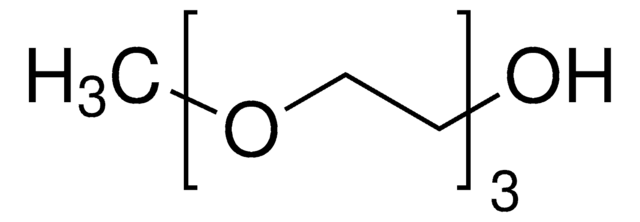
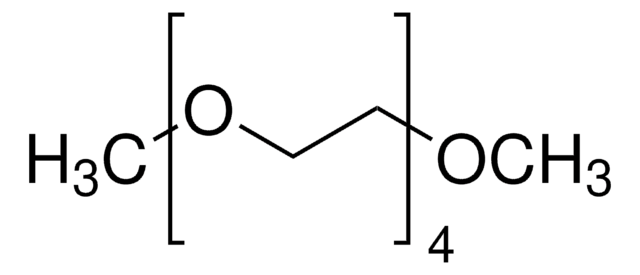
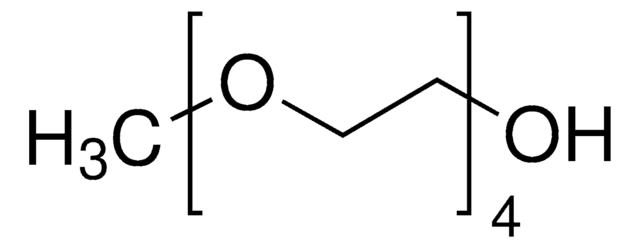
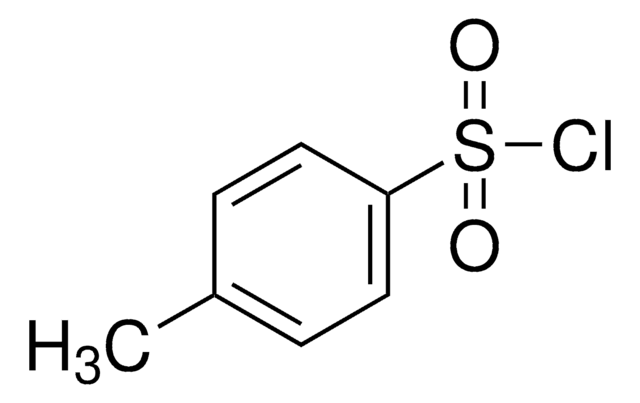


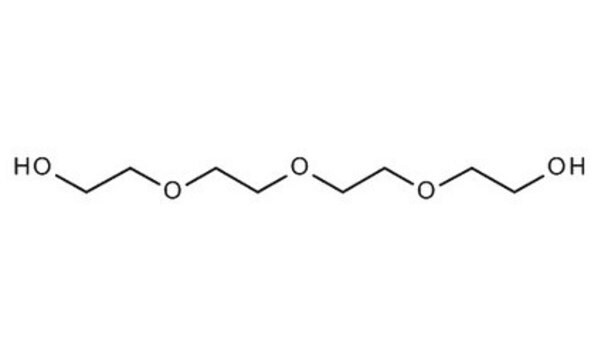
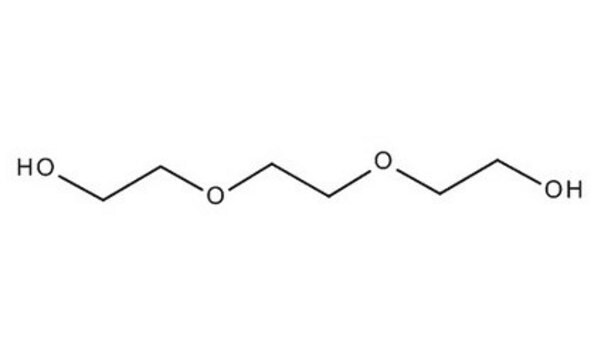
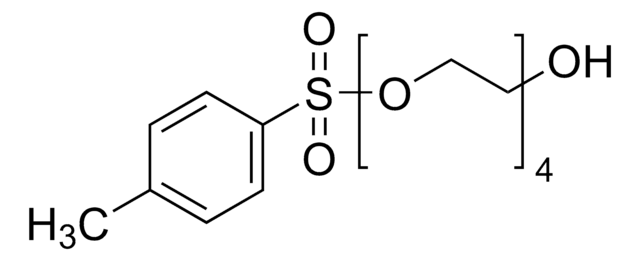
![Bis[2-(2-chloroethoxy)ethyl] ether ≥99.0% (T)](/deepweb/assets/sigmaaldrich/product/structures/333/320/46ff3398-7a62-42b5-b9bc-0a3d0cb0429c/640/46ff3398-7a62-42b5-b9bc-0a3d0cb0429c.png)
